The original motivation to build a quantum computer came from Feynman, who imagined a machine capable of simulating generic quantum mechanical systems—a task that is believed to be intractable for classical computers. Such a machine could have far-reaching applications in the simulation of many-body quantum physics in condensed-matter, chemical and high-energy systems.
<!--break-->
In recent years, quantum computers have lost some of their lustre. However, a new quantum algorithm, which shows how a quantum computer could be used to simulate a complex system of interacting particles, raises hopes that some of the barriers blocking the wider application of quantum computing could soon be solved.
The study, presented in the journal Nature, was partly supported by the EU through the QUERG ('Quantum entanglement and the renormalization group') and QUEVADIS ('Quantum engineering via dissipation') projects. QUERG clinched more than EUR 1.2 million from the European Research Council (ERC) under the Ideas Programme of the Seventh Framework Programme (FP7), while QUEVADIS has been allocated EUR 10 million under FP7's 'Information and communication technologies' Theme.
Read the paper [http://dx.doi.org/10.1038/nature09770 published in Nature] or its [http://arxiv.org/abs/0911.3635 arXiv version].
